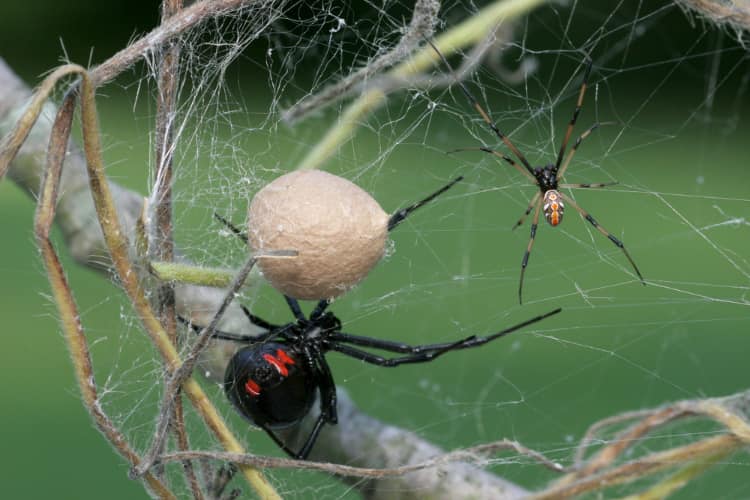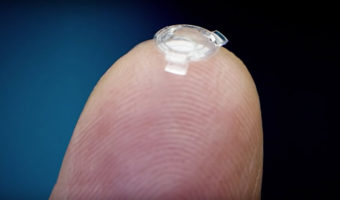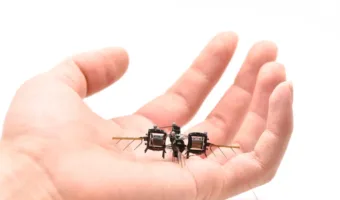How Dangerous Are Black Widow Spiders?
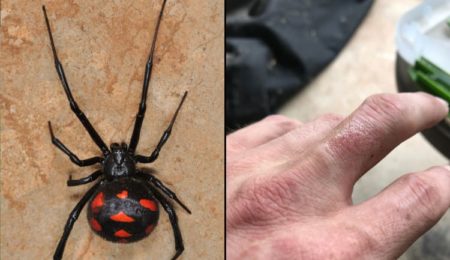
Are black widow spiders venomous? Undoubtedly, they are. In fact, their venom is 15 times more toxic than that of a rattlesnake! No wonder people are terrified of these spiders. But how dangerous are black widow spiders? Is a black widow spider bite fatal? In reality, it is not! This is because the amount of venom that this spider can inject by penetrating the human skin is not strong enough to cause death. The last reported death caused by a black widow spider was in 1983.
Reportedly, about 3% to 6% of people have an irrational fear of spiders in general! Such extreme fear is called “arachnophobia,” and it causes a lot of anxiety and distress to the victims. The phobia is quite common due to widespread myths about spiders.
Most people believe that black widow spiders are aggressive and attack humans. As a matter of fact, they are reclusive and do not bite unless they are disturbed, touched, squeezed, or pinched.
Table of Contents
What could happen if a black widow spider bites me?
The venom of this deadly spider is quite potent and contains “latrotoxin,” which affects the nervous system. In extreme cases, the spider bite may give rise to a condition called “latrodectism,” which results in causing a lot of pain, discomfort, and weakness in the body.
Depending on the amount of venom that has entered the body and their current health condition, people experience different symptoms. Common symptoms include swelling in the affected area, muscle stiffness, cramps, nausea, vomiting, abdominal pain, itching, rashes, breathing difficulties, excessive sweating, and weakness.
While some people experience the symptoms immediately after the bite, others start experiencing them within a few hours after the incident.
What should I do if a black widow spider bites me?
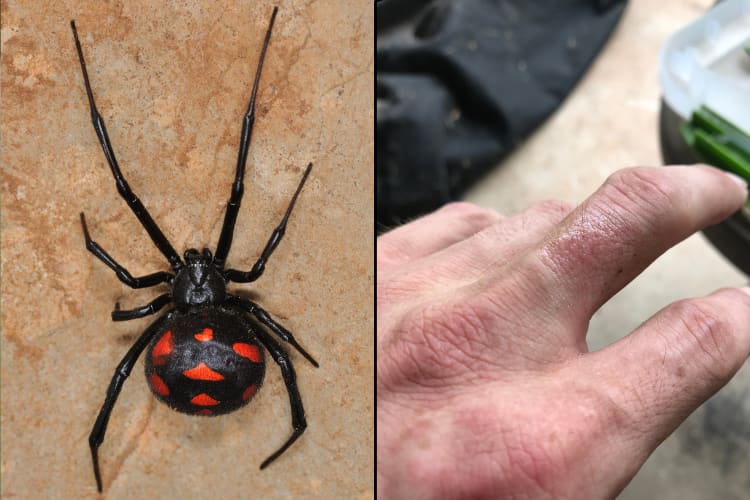
Firstly, do not panic. As mentioned, the bite could be painful, but it is not fatal.
Clean the affected area with soap and water. Keep an ice pack on the wound. This would slow down the absorption of venom in the body. Keep the injured area elevated so that the venom does not spread to other parts of the body. If possible, kill the spider and store it in a plastic bag or jar to show it to the doctor for identification purposes. Consult a doctor immediately.
In most cases, victims recover within a week to ten days. Medication usually consists of painkillers, anti-inflammatory drugs, and muscle relaxants. Antivenins are administered only for extreme cases as they cause side effects. Victims suffering from heart problems or other major health issues are hospitalized as a precautionary measure. They are kept in observation to administer immediate treatment in case they develop complications.
How can I avoid getting bitten by this deadly spider?
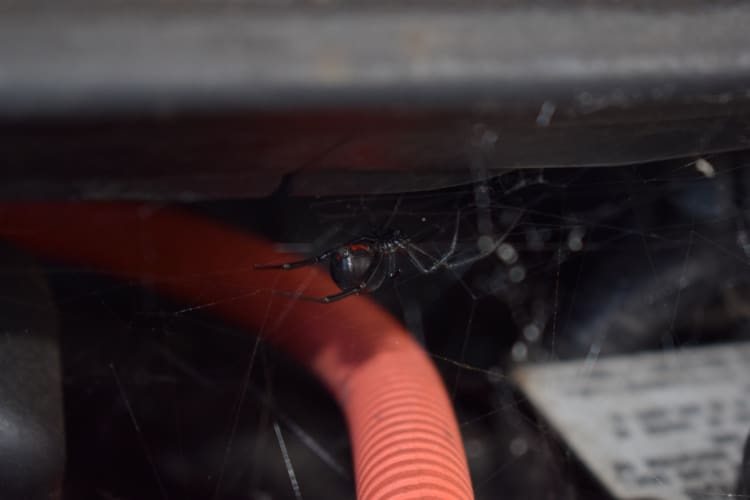
Black widow spiders prefer dark areas and are mostly active at night. They are commonly found under logs, rocks, leaves, piles, rubble, hollow stumps, burrows, sheds, garages, basements, attics, and other crevices. Wear gloves when you clean your garden, basement, or attic. Shake out blankets, clothing, or shoes lying in closets, trunks, or boxes for a long time before using them.
As deadly as they are, these spiders have a unique lifecycle where their survival is put to the test right from birth!
Here are some riveting facts about the black widow spider:
1 There is an interesting reason why the “black widow spider†gets its name.
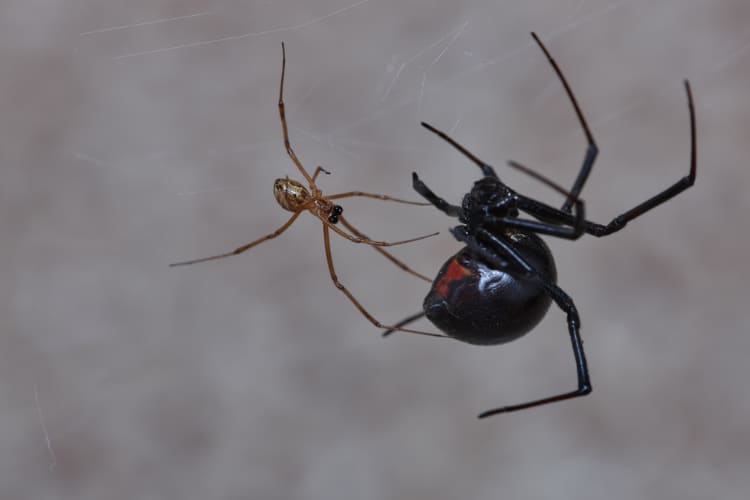
Certain species of the female black widow spider eat the male after mating. This is called “sexual cannibalism,â€Â which is why the spider species has the word “widow†attached to its commonly known name. However, studies reveal that this is more of an exception than a rule since not all female spiders exhibit this behavior. Evidence of sexual cannibalism has been found in laboratory cages where the males could not escape. Also, the male spiders ensure their safety by sensing chemicals in the web that help them determine whether the females have already eaten so that they do not end up as their prey!
2 The female black widow spider bite causes all the pain.
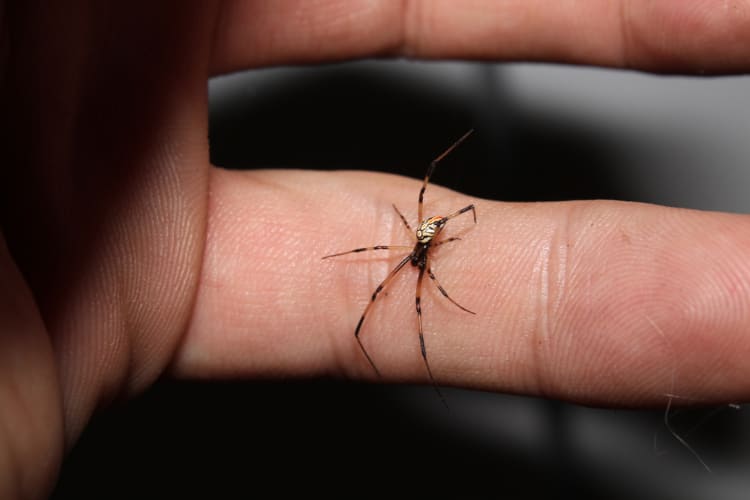
It is the female spider that causes a lot of pain when it bites you. This is because female spiders have large venom glands, so their bite causes a lot of pain and discomfort to humans.
The two most common black widow spider species found in the United States are the northern black widow and the southern black widow. The northern black widow spider has a row of red spots on the upper surface of its abdomen and two yellow or white crosswise bars on the underside. On the other hand, the southern black widow spider has a shiny, black, globe-shaped abdomen with a red hourglass mark on its underside.
3 The cocoon of this spider contains more than 200 eggs in a single egg case!
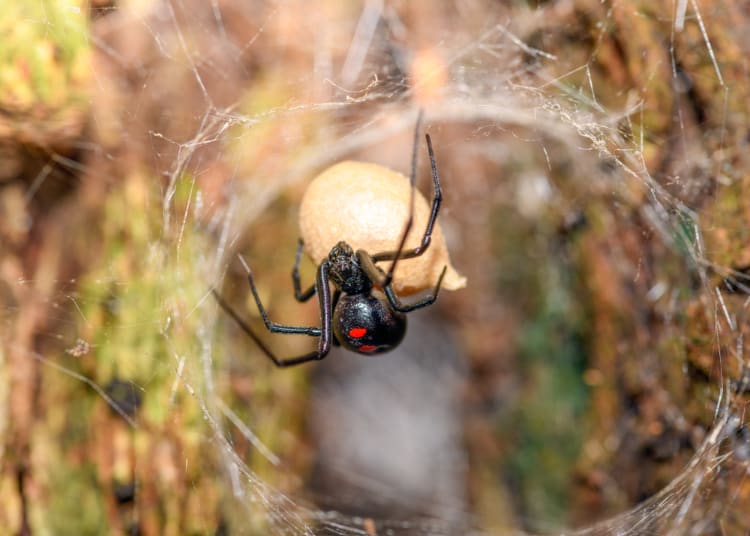
Black widow spiders construct cobwebs that look like loosely organized meshes. The sticky, silken fibers are irregular and tangled. Though the strands are thin, their tensile strength is stronger than steel!
After mating, the female spider creates papery egg sacs that contain around 250 to 700 eggs. The egg cases are suspended on the web. Spiderlings emerge within 14 to 30 days. While females mature in 90 days and live for about six months, males mature in 70 days and then live for only about a month. After the “mass-hatching†process, newborn spiders often eat their freshly hatched siblings, so the number of spiders that finally survive is much less.
4 Black widow spiders are also referred to as “comb-footed spiders.â€
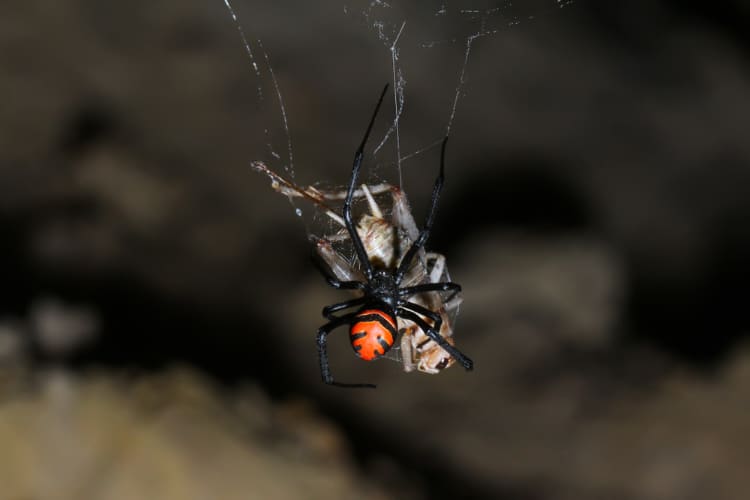
Black widow spiders have a series of short hairs on the last segment of their fourth pair of legs that resemble the teeth of a comb. Because of this, they are also referred to as “comb-footed†spiders.
The spiders use this to drape the silk over the prey that gets stuck in the web. Then it paralyzes it with its venom and kills it. To feed on its prey, the spider pulses digestive juices from its mouth, liquefies the prey, and then sucks the slurry. These spiders feed on flies, mosquitoes, beetles, caterpillars, grasshoppers, and other small insects.














